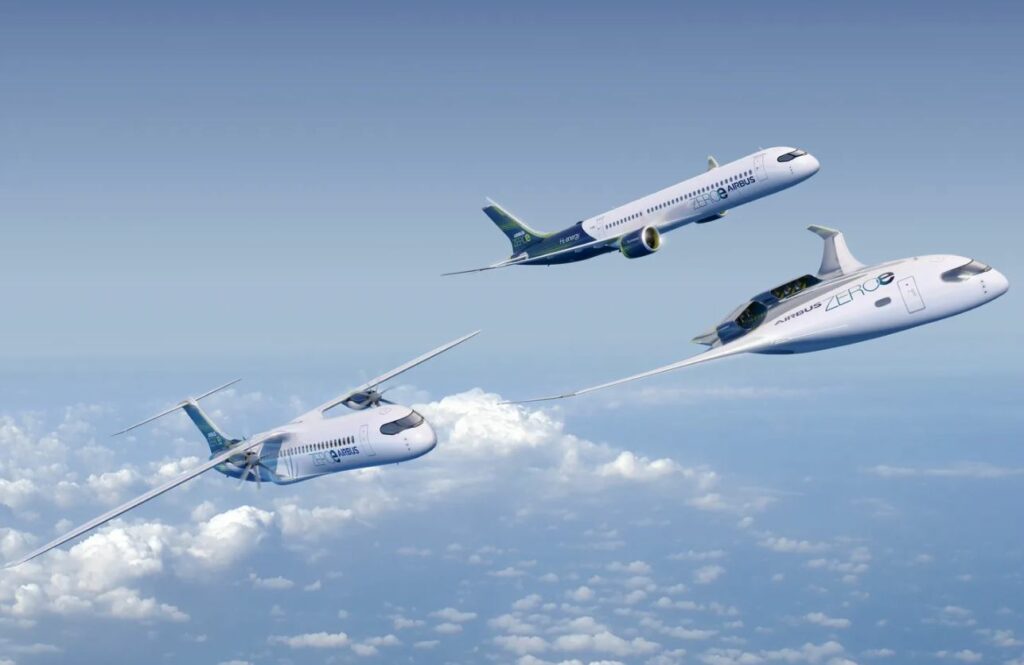Airbus has recalibrated its timeline for the introduction of a hydrogen-powered commercial aircraft, initially aimed for launch by 2035. This decision arises amid slower-than-expected progress in technological advancements critical for making hydrogen aviation commercially viable.
Despite stating that 2035 remains an ambition, Airbus has acknowledged that the actual deployment of such an aircraft may extend beyond this initial target. This delay is underscored by the recent reassessment of hydrogen’s role in achieving net-zero emissions by 2050 by European airlines, which have scaled back their expectations.
The core challenges cited by Airbus in meeting the original schedule include the development of a comprehensive hydrogen ecosystem encompassing infrastructure, production, and regulatory frameworks. This ecosystem is considered essential for the effective implementation of hydrogen as a sustainable aviation fuel. One of the significant bottlenecks remains the scalability of producing hydrogen from renewable energy sources, which is advancing more slowly than anticipated. As a consequence, Airbus has decided to reduce its hydrogen development budget by 25% and put on hold plans to test hydrogen fuel cell engines on the A380 superjumbo.
The strategic pivot by Airbus highlights the complex landscape of adopting hydrogen in aviation fuel. The company remains committed to leading the aviation industry towards this low-emission alternative but has indicated a shift in focus due to the inherent challenges of hydrogen storage and energy density. The physical and thermodynamic properties of hydrogen, such as its low volumetric energy density, pose significant hurdles in storage and utilization within aircraft, both in gas and liquid forms.
In response to these challenges, the aviation sector is increasingly considering sustainable aviation fuels (SAFs) as an interim solution to bridge the gap towards net-zero emissions. These fuels offer a tangible reduction in CO₂ emissions but are currently produced in limited quantities and at a higher cost relative to conventional fuels. As the industry navigates these complexities, the push for green hydrogen—hydrogen produced through renewable energy—remains at the forefront of long-term aviation strategies, requiring substantial global collaboration and investment.





